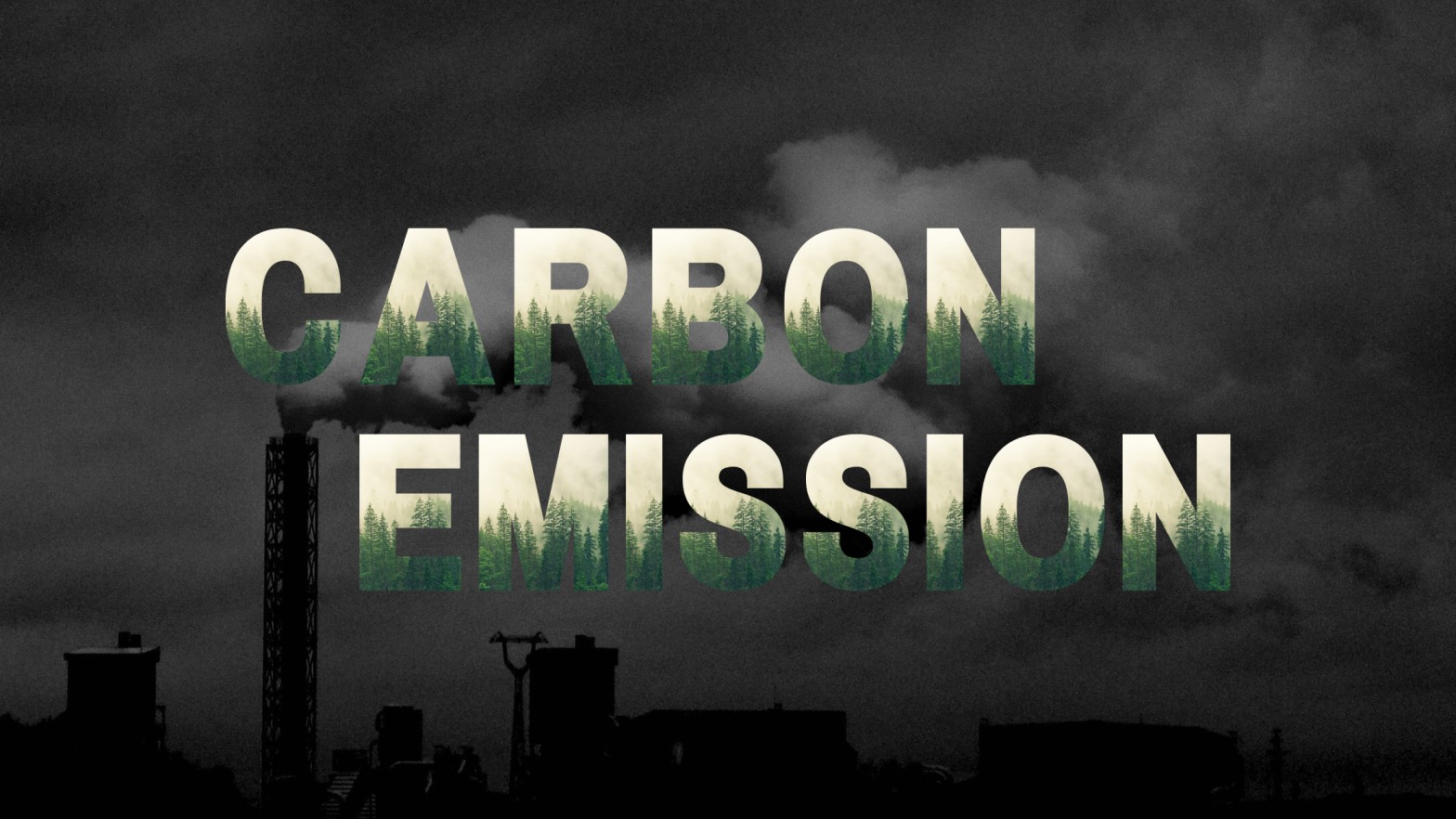
Solar Panels in cold climate
It makes sense to question if solar panels would be a good fit for your home. Many houses interested in solar energy wonder if solar panels will even work throughout the winter or on cloudy days. The fantastic news is that they definitely do. A solar plant converts sunlight into electricity either directly using photovoltaics or indirectly using concentrated solar power. Energy converted from it is clean energy as no fossil fuel was used to create this energy. Sun is the primary source of power and an ample amount of energy can be made from it as it is renewable.
Thanks to solar design software for its designing and efficiency, each solar panel is made up of solar PV cells (or solar photovoltaic cells), which generate energy from daylight rather than sunlight or heat. They are constructed of semiconducting substances, most frequently silicon. When light strikes them, it sends electrons on their way, creating electricity.
There are various advantages of solar power plants some of which are-
1. It is a clean source of energy as most of the energy is created from the sun and it does not produce greenhouse gases that hamper the environment.
2. It saves a lot of money as most of the energy is produced from solar panels and government gives up to 40% subsidy on the installation of solar power plant.
3. You can also earn money by installing solar plants, if you have extra energy you can sell that energy to the government.
4. Solar power plants are low maintenance as they do not require regular check-ups and their installation is very easy and there is a warranty of 25 years on solar panels.
As solar power plant is the new norm so there are also many myths surrounding it and one of the biggest myth is that solar panels are inefficient in cold climates. Researchers have found that solar power plants produce more energy in cold climates than in hot climates. To maximize output, solar panels are generally placed in a spot that is cool and bright. To avoid overheating, inverter fans work harder when temperatures exceed 80 degrees Farahnites. As a result, they are less efficient.
The question you might have is whether solar panels are important in snowy climates. Yes, solar panels work perfectly fine in places where it snows in addition the snow on the ground enhances the solar output as the snow reflects light to the panel and thus increases its productivity. If there is snow on panels then lighter ones will be blown away by the wind and the heavier ones will slide off the panels. This will also clean the panels and increase their efficiency.
Case Study
Some of the regions of the USA have snowy winters like Denver, New York, Omaha, Boston, and Milwaukee, and all these regions come at the top of the electricity cost saving through the solar list. In a case study in the town of Syracuse, New York which is one of the snowiest in the country it was found that it was turning into a solar hub due to state initiatives and the enormous advantages of solar. It was found that the people in the town were saving a lot of money on their electricity bills and they were also selling excess energy to the government and earning money.
Solar panel placement is the most important aspect of their installation. The installation of adjustable panels that can be rotated is recommended in areas that are very cold and snowy. You can tilt the adjustable mount according to your preference so that the snow can slide off, heavy winds don’t damage the panels and the panels can receive maximum sunlight as in winter due to cloud coverage there are only a few spots from which sunlight appears so to maximize the output adjustable mount could be tilted towards the sun.
We must move forward by embracing solar energy as the energy of the future which benefits both the environment and ourselves. In addition to saving lots of money, you will also contribute to a sustainable lifestyle and save valuable non-renewable resources for future generations by installing a solar power plant.
“I’d put my money on the sun and the solar energy. What a source of power! I hope we don’t have to wait until oil and coal run out before we tackle that.” – Thomas Edison




